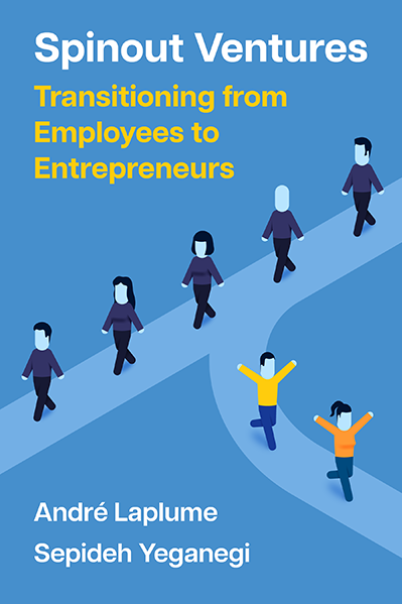Digital Entrepreneurship
When we think about a digital entrepreneur, we might imagine a single person making millions of dollars through a fully automated website or app. That seems very different from the traditional view of entrepreneurship as a process of organization-building. Where is the organization in digital entrepreneurship? Zaheer et al. (2019) review the literature and find that focus on 'digital entrepreneurship' is relatively new, starting in 2013. Before that, the research attention was on the transformation of business models due to the spread of the internet and the rise of e-commerce. It only became a big topic when entrepreneurs in the digital space started making waves with digital business models that have very small human organizational footprints. There has been a growing movement to distinguish digital entrepreneurship from traditional types of entrepreneurship. For example, Kraus et al. (2019) stimulate attention to digital entrepreneurship by suggesting that we need new the...


